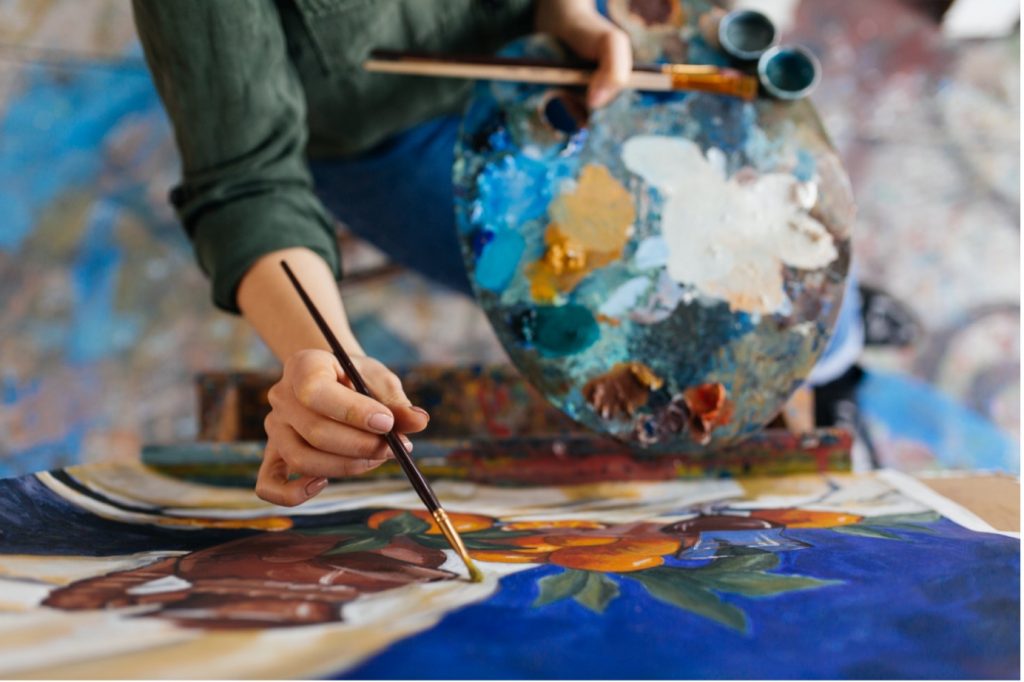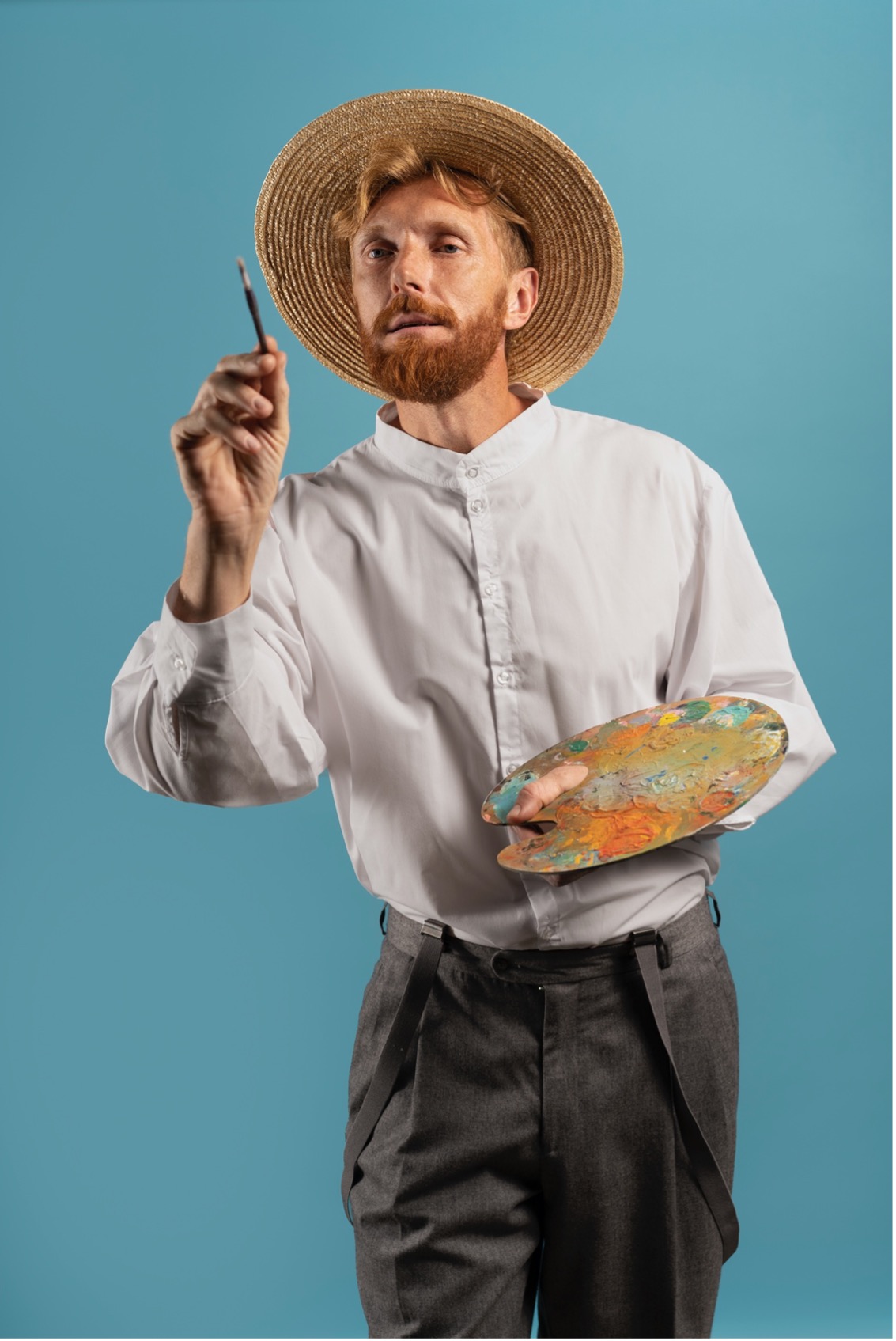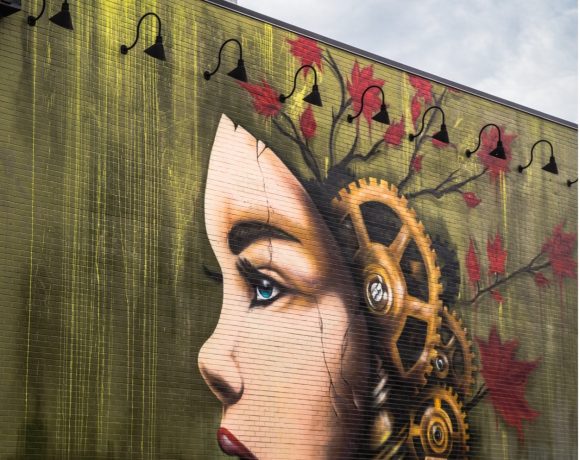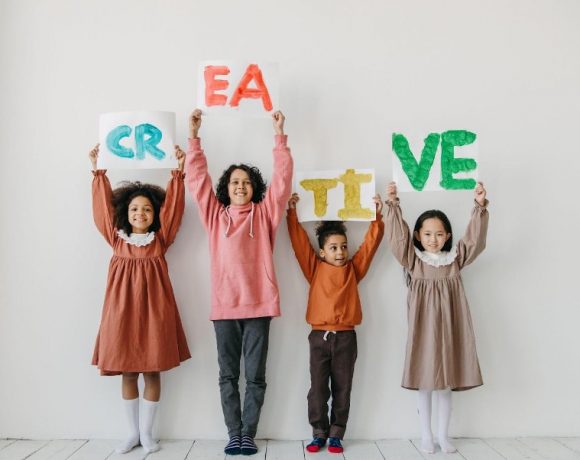Artists, the architects of emotion and vision, stand at the forefront of societal evolution. Their role transcends the aesthetic, weaving an intricate narrative that intertwines with culture, activism, and empathy. In a world navigating the complexities of existence, artists emerge as the custodians of creativity, shaping the very essence of our shared humanity.
HISTORICAL PERSPECTIVE
Through the annals of time, artists have been the heralds of their epochs. From the majestic strokes of Renaissance masters to the avant-garde expressions of contemporary creators, the artist’s journey mirrors the tides of societal change and the revolutions of culture. They encapsulate history within their creations, etching the soul of each era into the canvas of time.
SOCIAL COMMENTARY
Art, a poignant mirror reflecting society’s collective consciousness, speaks in diverse languages. Whether manifested in brushstrokes on canvas or woven into the lyrics of a song, artists capture the nuanced essence of their time. Their creations serve as a resonant commentary, inviting audiences to engage with the pulse of the present.
CULTURAL IMPACT
Art’s influence on culture is transformative, shaping identities and challenging established norms. Artists, as cultural architects, contribute to a perpetual narrative, fostering a shared experience that transcends borders. The tapestry they weave becomes an integral part of our collective history, evolving with each stroke of creative expression.

Image courtesy of Freepik
ART AS ACTIVISM
In an era marked by social and political upheaval, artists assume the mantle of change catalysts. Through the powerful mediums of visual storytelling, music, and performance, they transcend mere artistic expression. Instead, they become advocates, sparking crucial conversations, and challenging the stagnancy of the status quo, infusing art with a sense of purpose.
CHALLENGES FACED BY ARTISTS
Within the realm of artistic pursuit lie formidable challenges. Artists grapple with societal expectations, navigating the labyrinth of commercial pressures, and wrestling with the perpetual struggle for recognition. These hurdles, though daunting, become the crucible in which authenticity is forged, defining the artist’s unique journey.
EVOLVING ROLES
As society undergoes metamorphosis, so does the artist’s role. No longer mere observers, artists have become active participants in shaping conversations. They wield their creativity as a transformative force, influencing societal norms in real-time and contributing to the dynamic evolution of cultural landscapes.

Image courtesy of Freepik
ART AND EMPATHY
At the heart of art lies an extraordinary power—the ability to foster empathy. Artists, through their creations, forge connections that transcend boundaries. By inviting audiences to step into the shoes of others, they enable a profound understanding of diverse perspectives, enriching the human experience.
THE ARTIST’S RESPONSIBILITY
The delicate dance between creativity and social responsibility defines the artist’s ethical compass. They grapple with the profound implications of their work, navigating the fine line between personal expression and the potential impact on a broader audience. In this delicate balance, the artist shoulders a responsibility to inspire, challenge, and provoke thoughtful reflection.

Image courtesy of Freepik
ART IN EDUCATION
Recognizing the transformative potential of creativity, the integration of art into education becomes imperative. Fostering the next generation of artists and nurturing creative thinking contributes to a society that is not only culturally enriched but also innovative and adaptive.
ECONOMIC IMPACT
Beyond its cultural contributions, the arts wield tangible economic influence. Artists contribute significantly to the economy through exhibitions, performances, and the creation of intellectual property. This underscores the intrinsic value of their work, both as a cultural force and an economic driver.
DIVERSITY IN ART
The call for diversity in the art world is a call for richness and inclusivity. Embracing artists from diverse backgrounds, perspectives, and cultures enhances the tapestry of artistic expression. This inclusivity fosters a more representative and vibrant artistic community, reflecting the true diversity of the human experience.
TECHNOLOGY AND THE ARTS
In the digital age, technology becomes an ally in artistic expression. From digital art that pushes the boundaries of creativity to virtual performances that transcend physical limitations, technology opens new vistas. It expands the reach and accessibility of art, democratizing creative expression on a global scale.
ART’S HEALING POWER
Beyond aesthetics, art possesses a therapeutic quality. In times of hardship, creative expression becomes a poignant tool for healing. Whether through painting, music, or other mediums, individuals find solace, navigating complex emotions and discovering catharsis through their artistic endeavors.
CONCLUSION
In conclusion, the artist’s role in society is a kaleidoscope of historical reflection, social commentary, cultural influence, activism, and a profound responsibility to foster empathy. As we celebrate the diversity of artistic expression, we recognize the pivotal role artists play in shaping our collective narrative, enriching our understanding of the human experience.
___________________________
Author’s bio:
Emma Rebell is a professional essay writer and author. She started writing at a young age and now takes pleasure in every moment, showcasing her perfect essay writing skills.









NO COMMENT